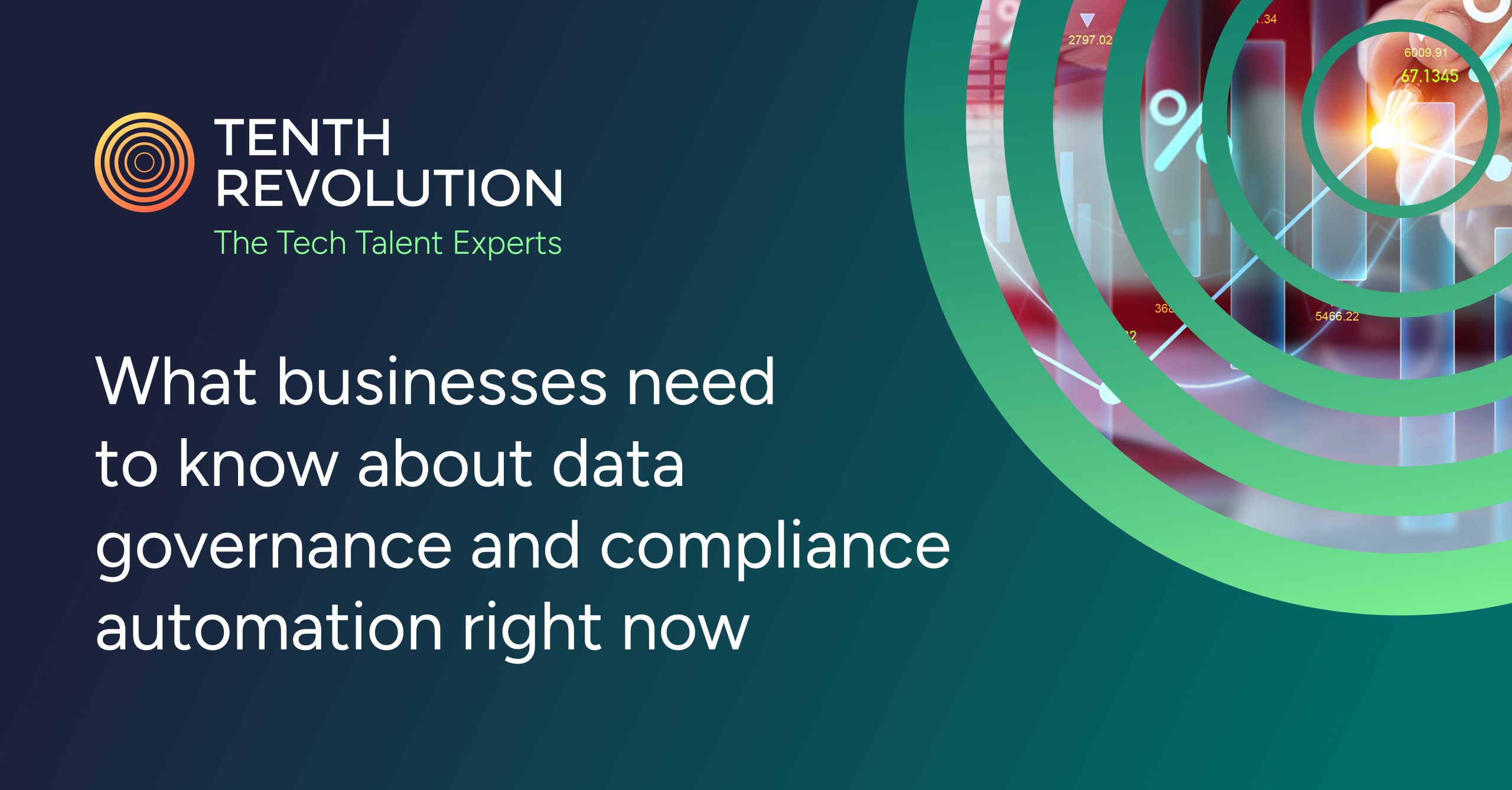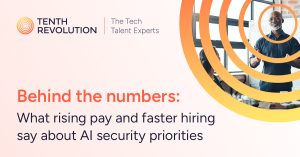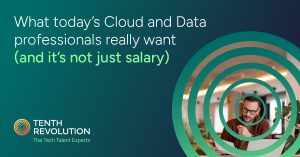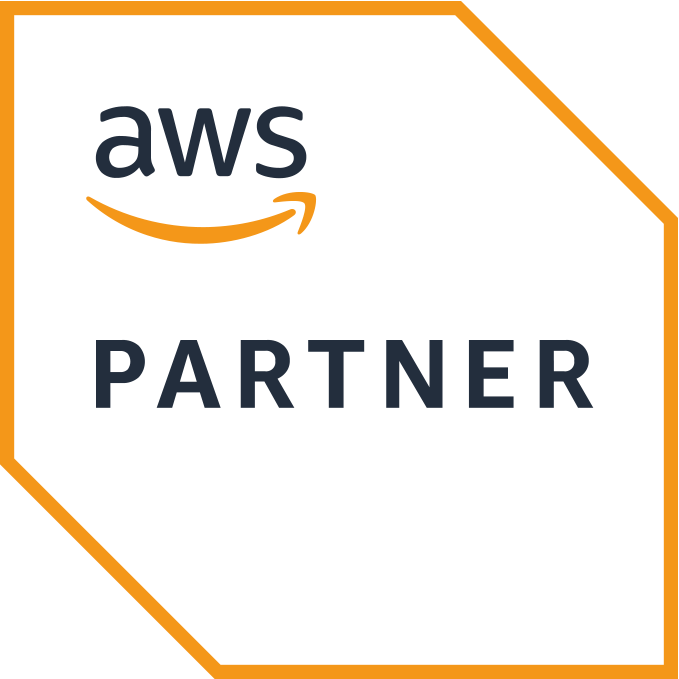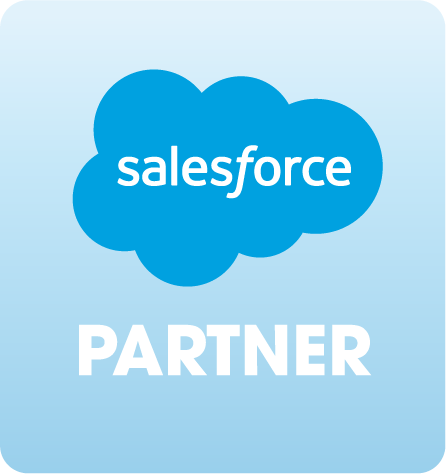Data governance has outgrown its reputation as a back-office function. With regulations tightening and AI rewriting the rules of business, it’s now a core driver of competitive advantage.
As artificial intelligence reshapes industries and global regulations multiply, executives face a pressing question: How can we harness data’s potential without drowning in risk? The answer lies in the latest advancements in data governance and compliance automation—tools and strategies that don’t just mitigate liability but unlock efficiency and trust.
How AI is taking governance from reactive to predictive
Gone are the days of manual data tagging and spreadsheet-driven compliance checks.
The next generation of governance tools leverages AI to automate what was once tedious, error-prone work. Machine learning models now scan vast datasets, instantly classifying sensitive information—personal identifiers, financial records, intellectual property—across hybrid cloud environments.
More impressively, these systems don’t just organize data; they protect it. By analyzing access patterns, they flag anomalies in real time: Why is an engineer downloading HR files at midnight? Why is customer data moving to an unapproved region? Predictive analytics take it further, surfacing risks before they escalate. For executives, this means fewer fire drills and more confidence that data policies are enforced, not just written.
If you’re starting to build out governance frameworks, Tenth Revolution Group can help you find trusted technology talent with the compliance expertise to keep your AI initiatives on the right track.
The regulatory tide rises…and spreads
If GDPR was the first wave of modern data regulation, we’re now in the midst of a global tsunami. California’s CPRA has tightened consumer opt-out requirements, Brazil’s LGPD imposes steep penalties for misuse of personal data, and China’s PIPL restricts cross-border data flows. The EU’s AI Act, meanwhile, introduces sweeping rules for high-risk AI systems, requiring transparency and human oversight.
Navigating this patchwork manually is unsustainable. Forward-thinking companies are adopting compliance automation platforms that serve as regulatory GPS, tracking data lineage, managing consent preferences, and generating audit-ready reports with the click of a button. The payoff is the ability to expand into new markets faster, without the usual compliance headaches.
Data mesh: Governance that scales with innovation
Centralized data governance models, where IT dictates every policy, often clash with the pace of modern business. Data Mesh, an emerging paradigm, offers a solution. Instead of a bottleneck, governance becomes a shared responsibility. Business units own their data domains but adhere to global standards, enabled by self-service tools. Imagine a marketing team checking compliance rules via an API before launching a new customer analytics project—no tickets, no delays. For executives, this approach balances control with agility, ensuring governance doesn’t stifle innovation.
Regulators are armed with AI, and you should be too
The sobering reality is that enforcement agencies are now using AI to police compliance. The SEC employs machine learning to detect insider trading patterns, while GDPR authorities automate fine calculations based on the severity of the breach. In this arms race, reactive compliance is a losing strategy. Continuous monitoring, powered by automation, is the new baseline.
Struggling to keep pace with new AI regulations? Tenth Revolution Group can connect you with trusted technology talent who specialise in governance and compliance.
Beyond compliance: Ethics as a governance imperative
Going forward, legal compliance is the floor, not the ceiling. Stakeholders (including customers, investors, and employees) increasingly judge companies by their ethical data use. Algorithmic bias detection, explainable AI, and transparent data practices are no longer optional; they’re brand essentials. And as such, leaders who treat governance as a trust-building tool will find it pays dividends in reputation and loyalty.
Your governance and compliance roadmap
- Assess your foundation. Legacy systems often lack the automation needed for modern governance, so prioritize tools that integrate AI-driven classification and cross-border compliance features.
- Embrace interoperability. Governance platforms should seamlessly connect with your cloud providers, CRMs, and analytics engines.
- Invest in literacy and equip teams with the skills to navigate this evolving landscape, because data-savvy employees are your first line of defense.
- Look for partners, not vendors. Look for solutions that continuously innovate to stay ahead of regulatory curves.
The big picture
The best way to approach data governance in this landscape is not to think of it as a constraint, but rather as a way to enable growth with guardrails. The latest automation tools turn compliance from a cost center into a strategic asset, freeing leaders to focus on what matters: leveraging data to outpace the competition.
The question isn’t whether you can afford to invest in these advancements. It’s whether you can afford not to.
Looking for data talent who can help you ace your compliance and governance goals?
We can help you find the trusted tech talent you need to grow while checking all the right boxes.
Get in touch today to get started.

